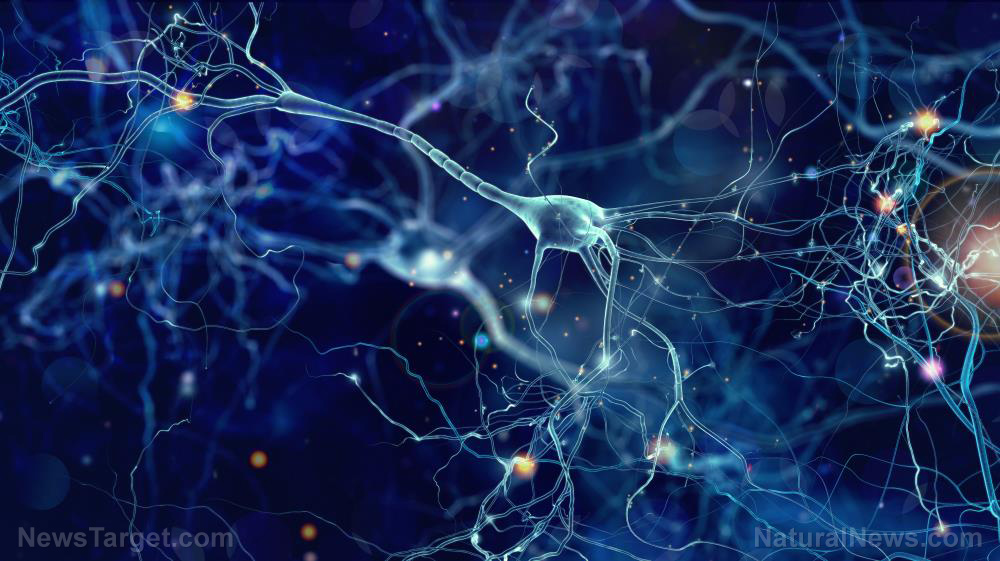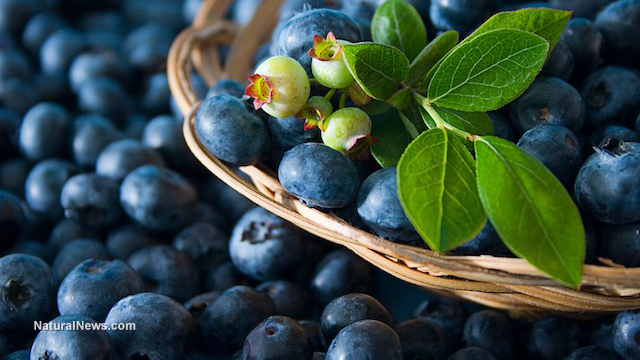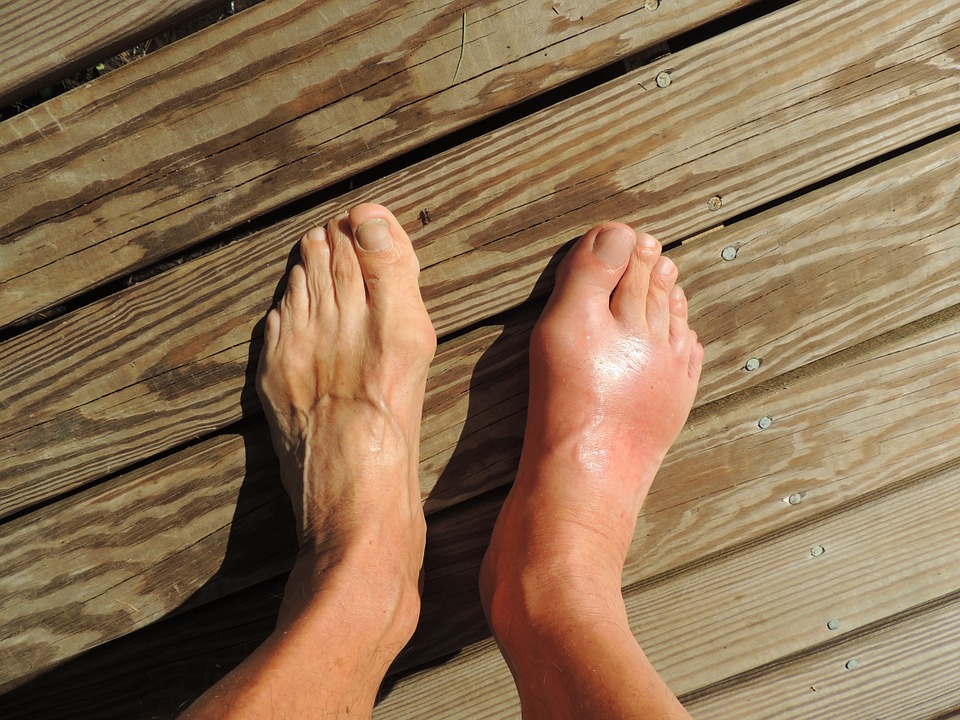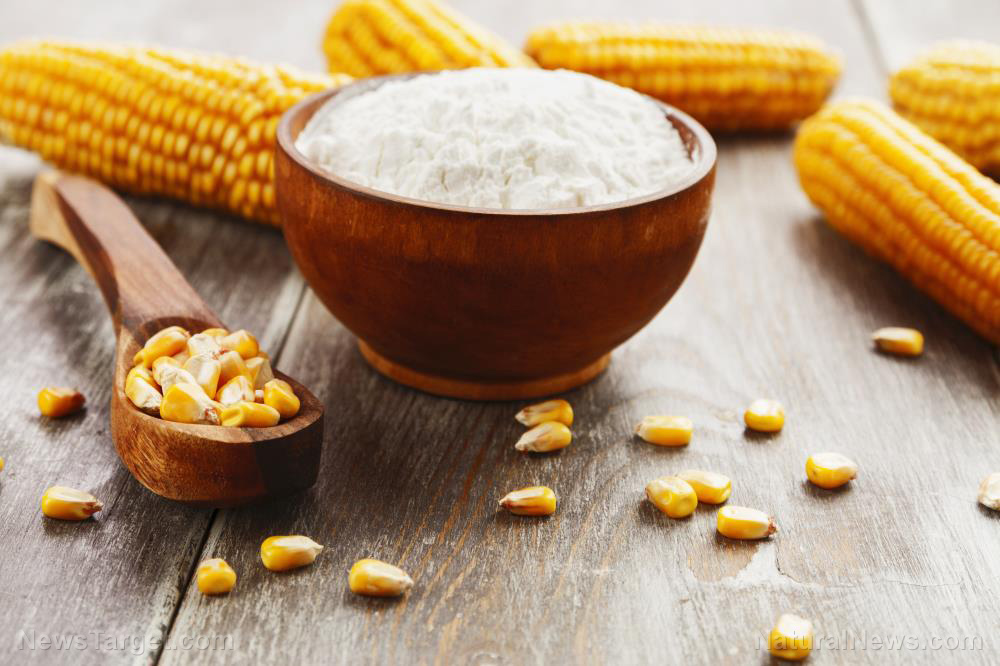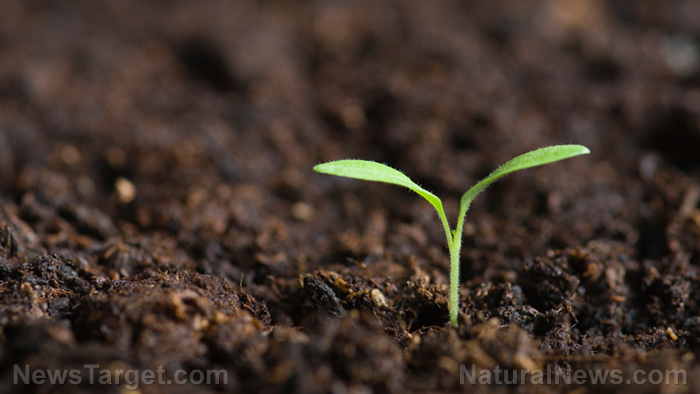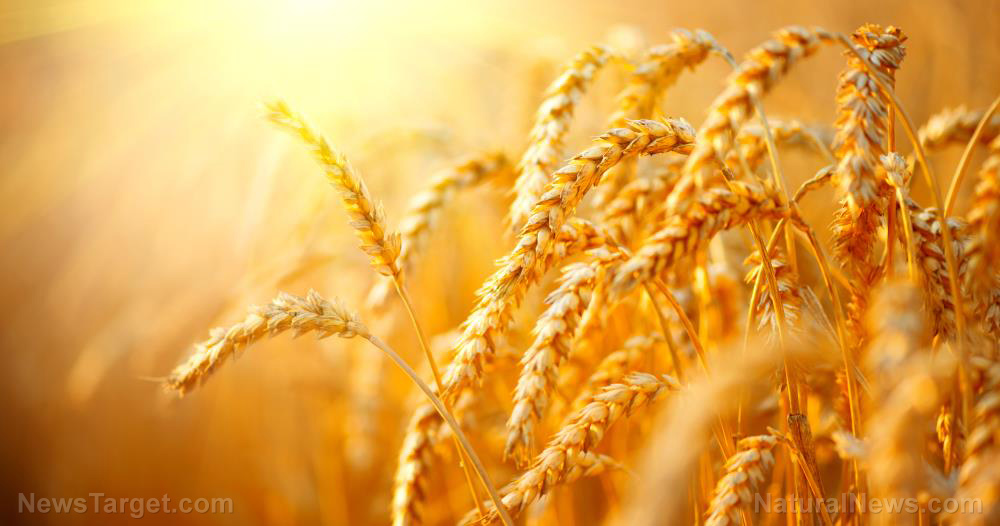Understanding cravings: Food preferences are linked to dietary needs; dopamine may play a role in what you choose to eat, research suggests
08/17/2018 / By Frances Bloomfield

For the first time ever, researchers are understanding a nutrient-specific hunger mechanism in living organisms. Specifically, a team from John Hopkins University has pinpointed the neurons responsible for protein cravings in fruit flies – neurons that the team was able to turn on and off.
As part of their study, the researchers deprived fruit flies of protein-rich yeast for a period of eight days. Using minuscule electrodes, they measured the signaling behavior of these flies and noticed that specific neurons had fired four times faster than those of fruit flies placed on a normal diet of sugar and protein.
These neurons are known as the dopamine wedge neurons. Consisting of two neurons on each side of a fruit fly’s brain, these food preference cells are called such due to them being located in a wedge-shaped region of the brain. The researchers were able to distinguish the dopamine wedge neurons following an earlier experiment that involved newly-mated female fruit flies
For another portion of the study, the researchers made use of genetically engineered male fruit flies with knocked-out dopamine wedge neurons. These flies were also deprived of protein-rich yeast. On average, they consumed twice as much sugar than fruit flies with food preference neurons that were still active. Moreover, genetically engineering the dopamine wedge neurons to shoot on command resulted in protein consumption increasing while sugar consumption returned to normal.
Furthermore, protein deprivation was found to induce structural changes in the dopamine wedge neurons. Fruit flies that were fed normal diets had dopamine wedge neurons that had branches spreading out. When the researchers stopped giving these flies protein, one of the branches was shown to have grown in size. This change remained for several more hours, even when the flies resumed eating protein.
Mark Wu, M.D., Ph.D., an author of the study and associate professor of neurology at the Johns Hopkins University School of Medicine, explained: “We found that each of these food preference neurons has two branches, one that controls protein feeding and the other sugar feeding. Typically flies need sugar as a quick source of calories to fly around, so their neurons bypass the protein circuit.”
Wu added that protein deprivation led to the sugar circuit being passed over to make fruit flies crave protein. “Once you relieve pressure on the protein side by feeding them yeast, the flies can eat sugar again, but they still have a strong craving for protein because it takes time for the fly to replenish its protein stores and for its neuron branches to go back to their original state,” he said. (Related: Having unhealthy food cravings? Here is what your body really wants.)
In a separate statement to NewAtlas.com, Wu stated that his team’s findings may someday be used to combat obesity. As he explained it, decreasing sugar-derived calories while simultaneously increasing the amount of protein consumed can have a significant impact on one’s weight.
Janet He, Program Director at the National Institute of Neurological Disorders and Stroke, concurred. “Flies have been a great model system for brain research so we can learn a lot about how our own brain circuits work by peeking inside the heads of flies. A better understanding of the basic mechanisms that regulate the consumption of different nutrients may help to provide clues to addressing the obesity epidemic,” remarked He.
Learn more about the mechanisms of the brain that affect behavior at MindBodyScience.news.
Sources include:
Tagged Under: Diets, dopamine, food cravings, hormones, hunger, hunger mechanism, mind body science, nutrients, nutrition, obese, obesity, overweight, protein, weight gain

